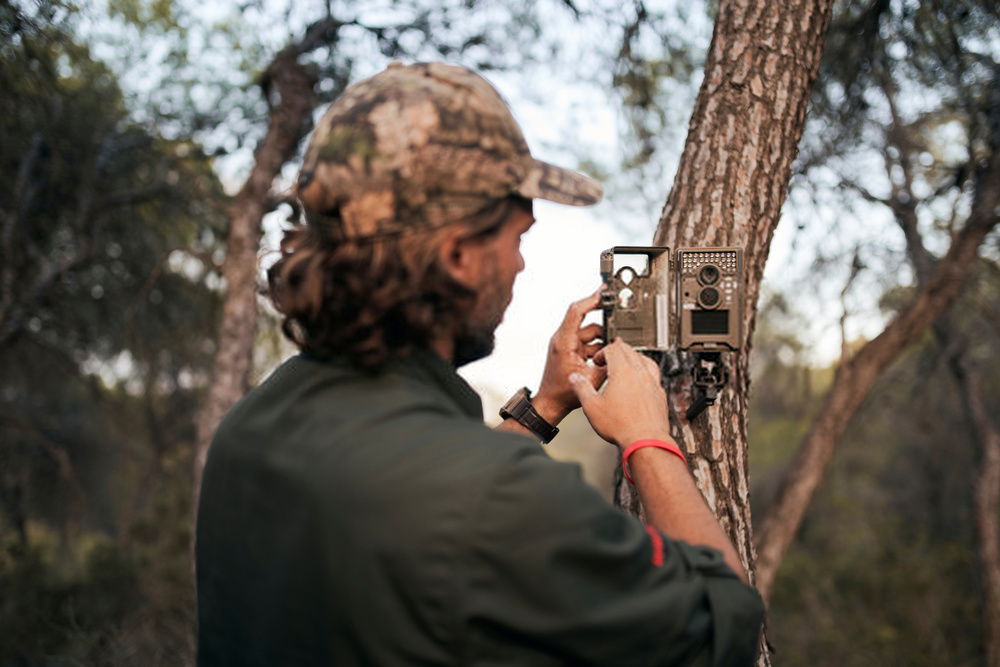A trail camera is a great tool for capturing wildlife and animal behavior in the wild, but it needs to function well under different weather conditions. One issue that causes camera malfunctions is fogging of the lens caused by condensation during cold nights.
The lens is extremely sensitive to temperature. When the lens is exposed to the cold air, it tends to condense causing fogging that can block or blur images.
Fogging of the camera lens during cold weather has several effects on the functioning of a camera. The increased moisture in the air can affect performance of remote controls, trip sensors, and affect image quality if images are not properly focused or low light pictures are not clear enough.
In addition to the effects of condensation, the camera may be affected by rain and snow in a similar way. If the camera is exposed to wet weather, condensation will prevent proper operation in a short period of time. The moisture can wrack up on the outer lens elements causing fogging and distorted images.
For trail cameras in outdoor settings, it is important to consider how milder weather affects trail cameras since they are often exposed to temperatures below freezing during winter months. Camera manufacturers often produce outdoor cameras rated for use in temperatures ranging from -4°F to 122°F. The higher the temperature range, the more images can be captured during warm periods.
Weatherproofing of a camera is the main way to protect it against condensation and fogging. A good weatherproof seal will prevent moisture from entering into the lens assembly.
Understanding weatherproofing of lenses is important when selecting a trail camera that will be able to function well in different weather conditions. Weatherproofing of lens can be done in several ways. Different manufacturers may use more than one option at the same time.
Read More: Understanding Game Trail Cameras
Lens Cover
A shield or cover of material that is directly over the lens panel will prevent moisture from entering into the camera body. When used with weatherproof gaskets, it can prevent condensation buildup on the inside of the case of a camera. A lens cover is good for preventing moisture buildup during wet weather, but not so effective against cold temperatures.
Lens Coating
Special coatings on the lens elements can prevent moisture from reaching the surface of the lens. These coatings are effective in blocking water and moisture from reaching a camera’s inner components. A coating can be a thin transparent layer that is applied to the lens element, or a multi-layered coating that is applied to multiple surfaces of a lens. The multi-layered coating will provide more protection against condensation and fogging during cold weather by blocking water from reaching other sensitive components inside a camera.
Waterproofing
Most outdoor cameras are not waterproof enough to use in very wet conditions. If a camera is waterproofed, it can be used in rainy and snowy weather without suffering from condensation and fogging problems. A camera’s waterproofing is effective against water or moisture, but may not be effective against contact with other contaminants such as dust. This would affect the effectiveness of the weatherproof casing and could cause damage to sensitive electronics inside a camera such as sensors and circuit boards.
Weatherproofing of a trail camera is important since it will protect the camera from damage from condensation and fogging during cold weather. While not all cameras are rated to use in very cold temperatures, it is a good idea to check the product specifications before placing a trail camera in a wet area.
For more suggestions and troubleshooting tips, check out this trail camera guides.

